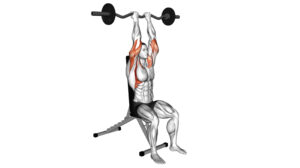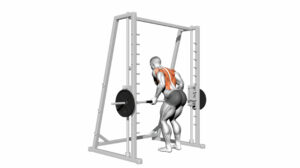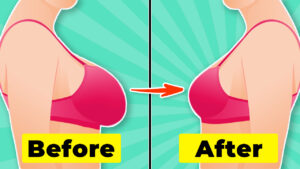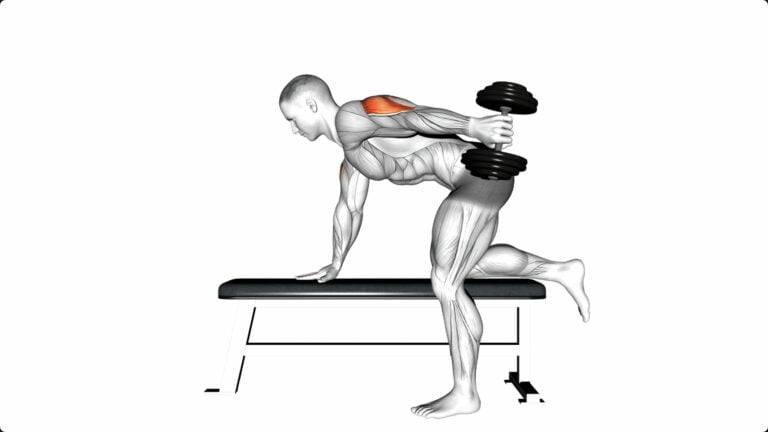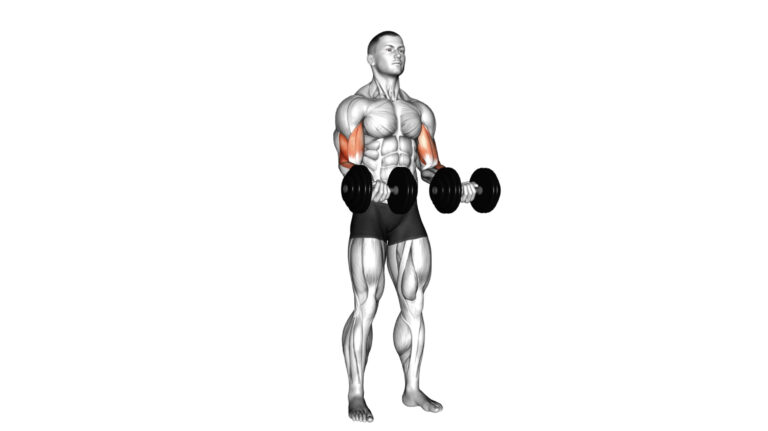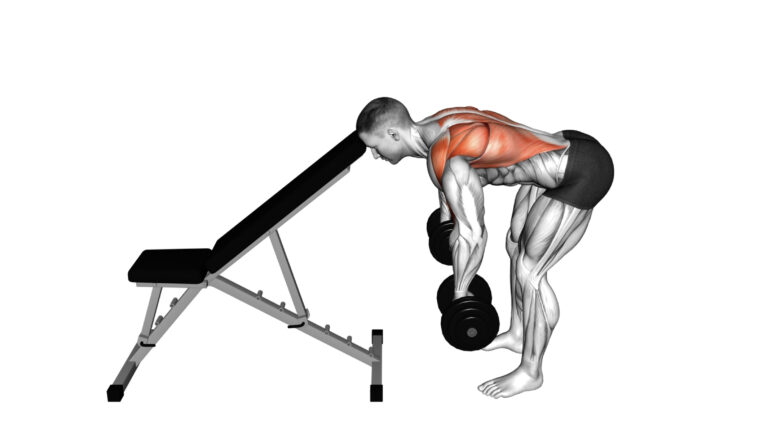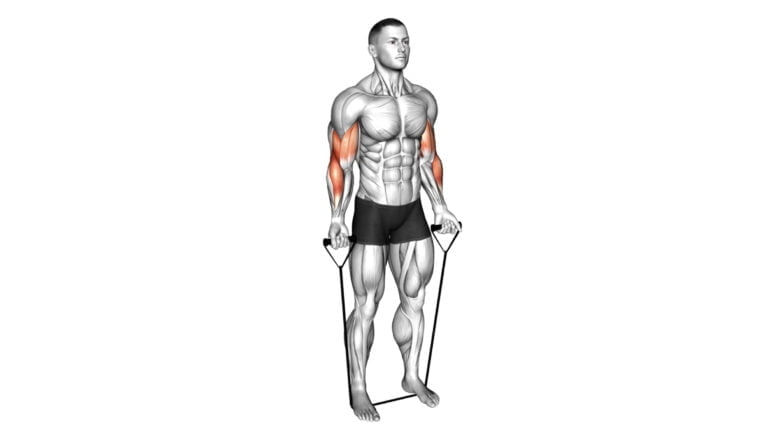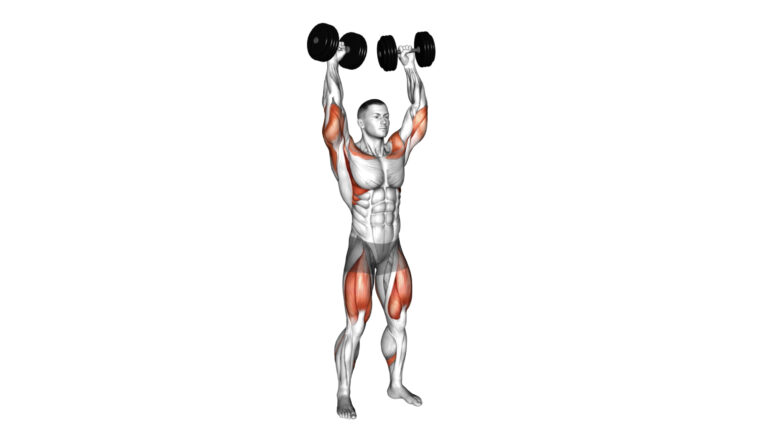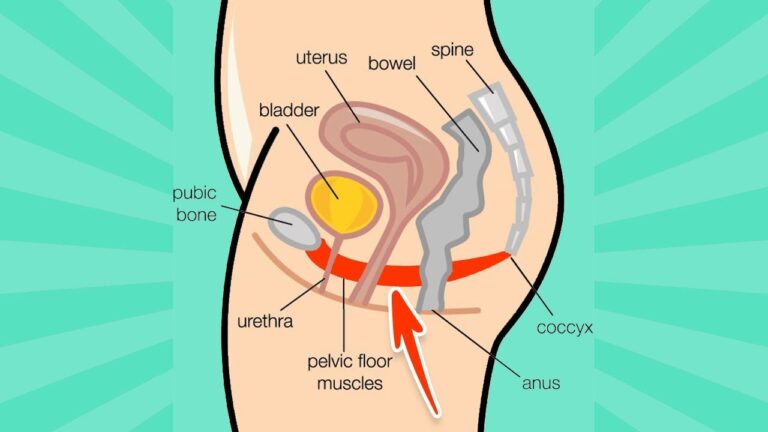What Exercises Do Wrestlers Do – Top 5 Workouts Revealed
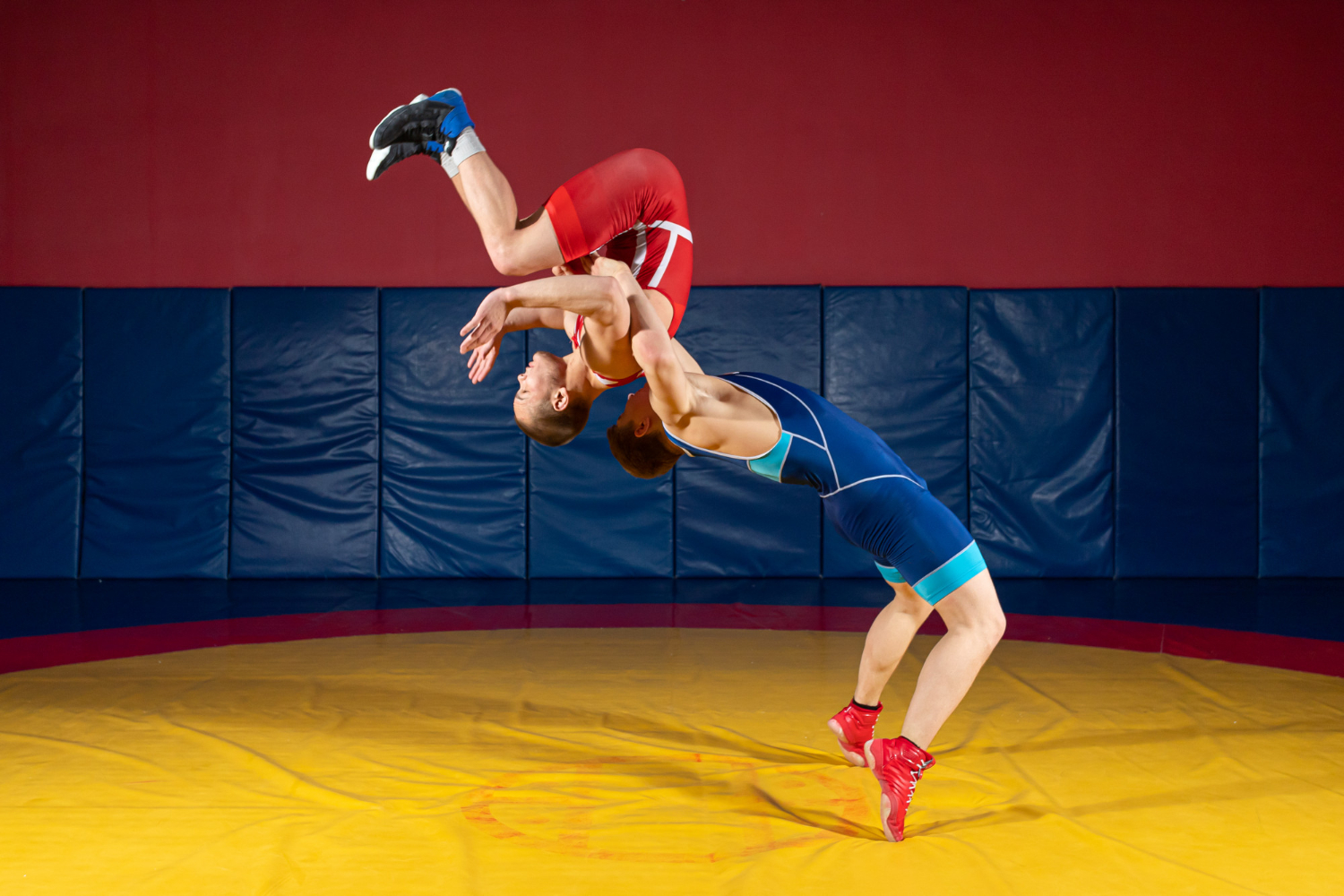
Wrestling demands more than just courage and technique. It needs a solid foundation of strength and conditioning to outperform an opponent. What exercises do wrestlers do to achieve this? The answer lies in specialized training that targets the core elements of wrestling – power, stability, endurance, and explosive movements.
This article dives into the top strength and gym exercises designed for wrestlers, aimed at enhancing performance on the mat.
With over a decade of experience in fitness coaching and sports nutrition, I’ve crafted workout routines that have propelled athletes to their peak potentials. My journey began in a local gym; it led me through academic halls earning a Master’s degree in Physical Education and onto the platform sharing knowledge at fitness seminars.
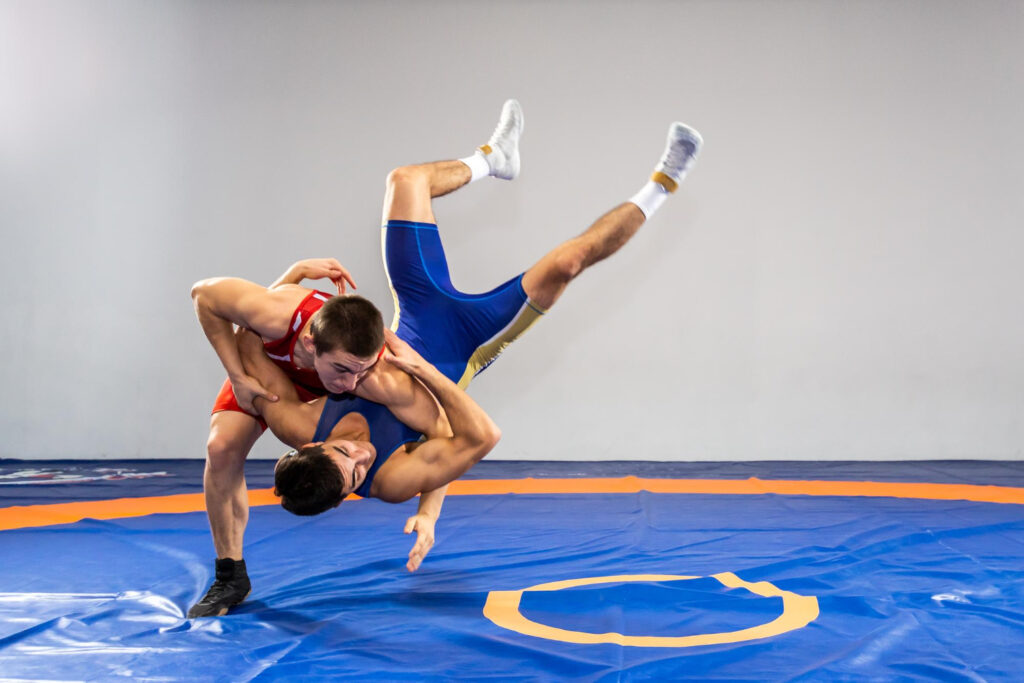
Drawing from this vast pool of experience, I’m here to guide you through building your wrestling strength program step by step. Ready for action?
Key Takeaways
- Wrestlers do squats, deadlifts, and bench presses to get stronger. These exercises help them with power and control in fights.
- Grip and arm strength are important for wrestlers. Pull-ups improve these areas, making it easier to hold onto opponents.
- Power cleans teach wrestlers how to quickly use their strength. This move is good for fast moves during a match.
- A solid core is key for wrestling. Exercises like planks and Russian twists make the middle of the body strong, helping with balance and force.
- The right mix of sets and reps in training can boost a wrestler’s performance. Mixing different types of exercises builds power, speed, and stability.
Core Strength Exercises for Wrestlers
Wrestlers need strong cores to do well. They use squats, lifting weights from the ground, and pressing weights while lying down to build this strength. What exercises do wrestlers do? They focus on these key moves to stay tough and ready for any match.
Performing Squats for Wrestling Power
Squats are a must for wrestlers looking to build strength and power. This exercise hits your lower back, glutes, and quads. It helps with takedowns by making you strong enough to lift and control your opponent.
I’ve seen many in the wrestling team gain serious power from sticking to squats.
In my ten years of coaching, nothing builds a wrestler’s base strength like squats. It’s essential for mastering those demanding sport moves.
To do it right, focus on form over heavy weights at first. Start with bodyweight or light barbell setups before moving up. This way, you protect yourself from injury while getting the best results.
Mastering Deadlifts for Wrestler Strength
After getting the hang of squats, wrestlers need to focus on deadlifts. This lift is key for building strength. It works a lot of muscles at once – like your back, legs, and grip. You must lift a heavy bar from the ground to your hips and then put it back down.
It sounds simple, but it takes skill.
I’ve done many deadlifts in my training. They help me get stronger for wrestling moves. To start, stand with feet hip-width apart and grab the bar tight. Keep your back straight as you pull up.
This move makes you strong in places that matter for wrestling. Your grip gets better too, which helps hold onto an opponent’s thick singlet or fight off their grips during a match.
Doing deadlifts right means more power on the mat. Wrestlers should do them often to build muscle and toughness needed for our sport.
Utilizing Bench Press for Upper Body Conditioning
Bench presses are key for wrestlers looking to power up their upper body. This lift hits the chest, shoulders, and arms – areas critical for wrestling. It helps with moves like push-offs and holds in the ring.
Start with lighter weights to master form before going heavy.
For effective strength training, mix bench presses into your routine. Do sets of 1-5 reps to build explosive power crucial during a match. It’s about more than just muscle; it’s preparing your body for the intense pushes and pulls in wrestling matches.
Wrestlers need this kind of power to dominate opponents from any weight class or during any point in the season.
Recommended Sets And Reps
Crafting the right mix of sets and reps in your wrestling strength routine is key. Through years of coaching and personal experience, I’ve found a sweet spot that helps wrestlers build power without overdoing it. Here’s a straightforward guide:
| Exercise | Sets | Reps |
|---|---|---|
| Squats | 4 | 6-8 |
| Deadlifts | 3 | 5-7 |
| Bench Press | 3 | 6-8 |
This setup balances intense effort with enough rest. Squats and deadlifts, for example, are crucial for legs and back—key areas for any wrestler. Low reps and high sets fuel muscle growth and raw power.
For upper body, bench presses and pull-ups shape the chest, arms, and back. Wrestlers need these muscles for controlling opponents. The advised numbers ensure you’re pushing hard enough for gains but not to fatigue.
Power cleans are a bit special. They’re explosive. This move trains your body to unleash power fast—a must in matches. Fewer reps here prevent burnout while honing quick strength.
In my coaching days, I saw wrestlers grow stronger and more confident with this plan. It’s about smart work, not just hard work. Stick to these recommendations, and you’ll feel the difference on the mat.
Key Gym Workouts to Boost Wrestling Performance
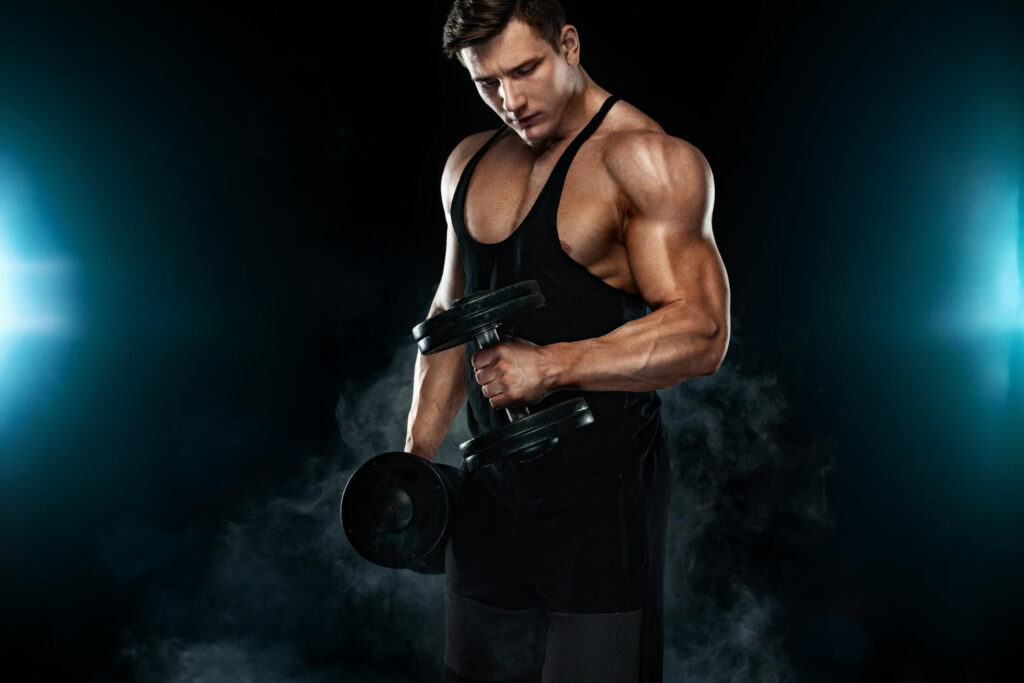
To boost wrestling performance, wrestlers focus on key gym workouts. These help them get strong and fast. They learn to grip better and move with power. This makes them ready for any match.
Want to know what exercises do wrestlers do? Keep reading to find out more!
Enhancing Grip and Arm Strength with Pull-Ups
Pull-ups are a must for wrestlers. They make your grip and arms strong. You grab the bar and pull yourself up until your chin goes over it. This move works many muscles in your upper body, like your shoulders, back, biceps, and most importantly, those involved in grip strength.
Wrestlers need a powerful grip to hold onto their opponents and control the match.
For an extra challenge, try using thick bars or attach Fat Gripz to a regular bar. These tools make the bar harder to hold onto, which forces your hands and forearms to work even harder throughout the exercise.
Doing this can greatly improve how well you can grip something during a wrestle.
Every wrestler should add pull-ups to their routine, says Serg Bayracny, They build essential strength needed both on and off-season.
Next up is developing explosive power with power cleans.
Developing Explosive Power with Power Cleans
Power cleans are key for wrestlers looking to get that burst of speed and strength. This lift starts with the weight on the floor. Then, you explode up, pulling the barbell to your shoulders in one quick move.
It works a lot of muscles at once – your legs, back, and arms all get stronger. Doing power cleans helps wrestlers become faster and more powerful on the mat.
This exercise is great for building explosiveness – exactly what you need during a match. Wrestlers use this power to take down opponents or escape from tough spots. After working on power cleans, moving on to exercises that focus on core stability is a smart next step.
Building Core Stability for Wrestlers
After working on explosive power with power cleans, wrestlers need to focus on core stability. A strong core keeps you steady and powerful during a match. For me, planks and Russian twists are key.
I’ve trained many wrestlers who saw big improvements by doing these regularly.
Planks make your middle part strong and help with balance. You just hold yourself up in a push-up position but on your elbows. Try it for as long as you can. Add time each week. Russian twists work your sides.
Sit down, lean back a bit, lift your feet if you can, and twist side to side holding a weight or ball.
These exercises have helped the athletes I train stay solid in matches and prevent injuries too. Doing them makes all other moves easier because your core supports everything else you do.
Recommended Sets And Reps
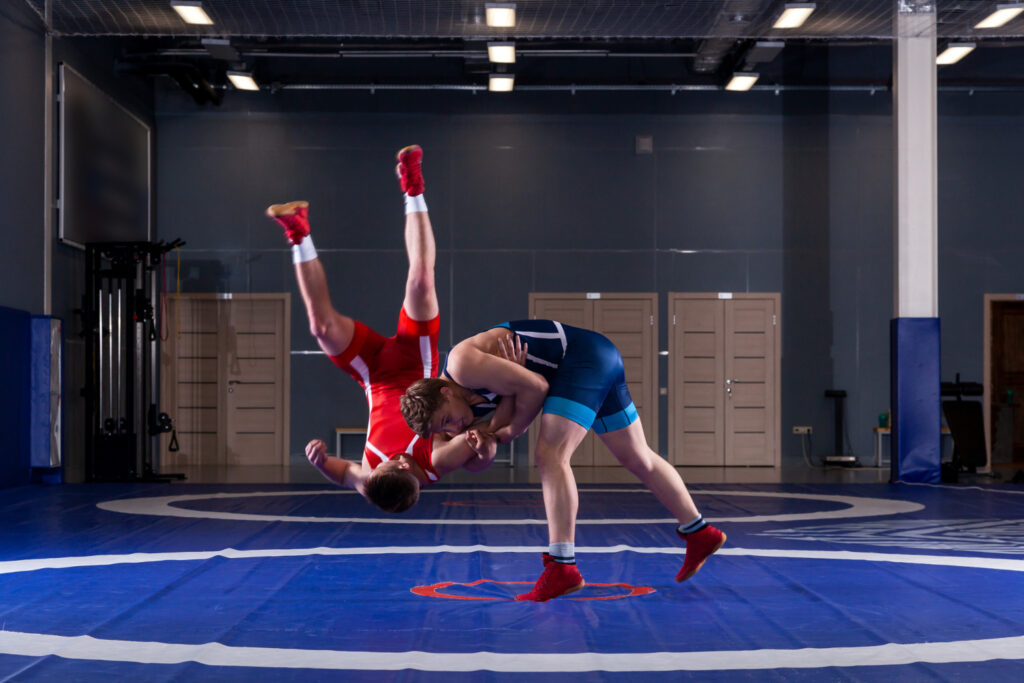
Deciding on the perfect mix of sets and reps for your wrestling strength training can make a huge difference in your performance. Here’s a straightforward guide that I’ve put together, based on years of training athletes and personal experience. This table focuses on the essential lifts and workouts that build a wrestler’s strength and explosiveness.
| Exercise | Sets | Reps | Focus Area |
|---|---|---|---|
| Pull-Ups | 4 | 8-10 | Grip and Arm Strength |
| Power Cleans | 4 | 4-6 | Explosive Power |
| Core Stability Workouts | 3 | 10-15 | Core Stability |
A good plan strikes a balance. You need strength, yes, but don’t ignore speed and stability. These exercises are a mix. Squats and deadlifts build your base, giving you the power you need. The bench press boosts your upper body, vital for controlling your opponent.
Pull-ups are great for when you’re grappling, ensuring your grip and arms can withstand the struggle. Power cleans, though tricky to master, are worth it. They improve your quickness, crucial for take-downs and escapes. And let’s not forget about your core. It’s the center of everything you do on the mat. Strong core muscles mean better balance and force in your movements.
In crafting this table, personal experiences in the gym and coaching wrestlers played a big part. Each set and rep have been tested and tweaked for maximum effectiveness. You’ll find that it’s a blend of boosting power and enhancing the speed wrestlers need to dominate on the mat.
Conclusion

Wrestlers need strong bodies. Squats, deadlifts, and bench presses build this strength. Pull-ups work on grip and arm power. Power cleans add quick force. All these gym workouts make wrestlers tough for the sport.
These exercises are simple yet effective. They fit into any training plan, making big wins possible in wrestling matches.
Doing what exercises do wrestlers do matters a lot. It shapes how well they fight and win.
For more tips, checking out fitness blogs or joining a sports seminar can help a lot.
Keep pushing yourself in the gym. Every lift brings you closer to being the best on the mat.
FAQs
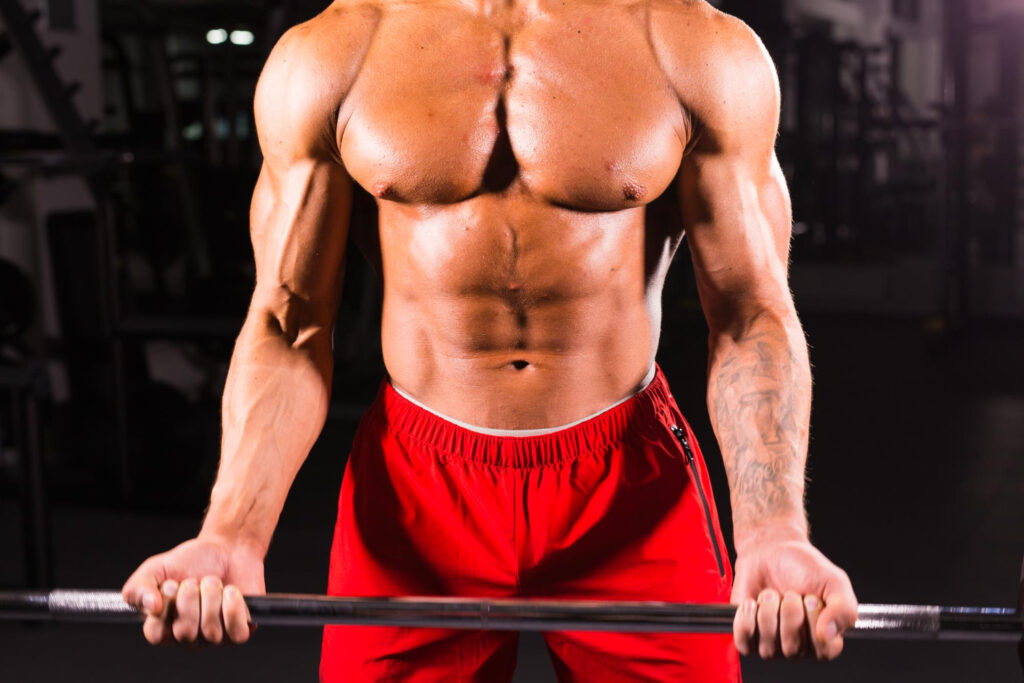
1. What exercises do wrestlers do to get strong?
Wrestlers need to build strength with a mix of weightlifting and wrestling workouts. They often focus on compound exercises like front squats, pullups, and Zercher squats. These help develop the whole body.
2. Are gym exercises important for wrestling?
Yes, gym exercises play a big part in preparing wrestlers. They use dumbbells and thick implement training to target muscle groups needed in the sport. This includes working on their hamstring strength and shoulders.
3. How can wrestlers improve their single leg and double leg techniques?
By doing specific strength training for wrestling that focuses on these moves. Exercises like single-leg squats help build the power needed for successful takedowns.
4. What kind of strength training program should a wrestler follow?
A good program includes a variety of workouts designed to enhance overall physical condition, focusing on both lifting weights and intense training drills that mirror the demands of wrestling.
5. Do wrestlers need mental toughness as well as physical strength?
Absolutely! Wrestling is not just about being physically strong; it’s also about facing mental challenges head-on. Training often involves high-intensity routines that test both mind and body, building endurance.
6. Can starting wrestling workouts at any time benefit me even if I’m new to the sport?
Yes, getting started with basic exercises that build core strength for wrestling can be beneficial at any stage—whether you’re new or have been involved in track and field or other sports before transitioning into wrestling.

Author
Years ago, the spark of my life’s passion ignited in my mind the moment I stepped into the local gym for the first time. The inaugural bead of perspiration, the initial endeavor, the very first surge of endorphins, and a sense of pride that washed over me post-workout marked the beginning of my deep-seated interest in strength sports, fitness, and sports nutrition. This very curiosity blossomed rapidly into a profound fascination, propelling me to earn a Master’s degree in Physical Education from the Academy of Physical Education in Krakow, followed by a Sports Manager diploma from the Jagiellonian University. My journey of growth led me to gain more specialized qualifications, such as being a certified personal trainer with a focus on sports dietetics, a lifeguard, and an instructor for wellness and corrective gymnastics. Theoretical knowledge paired seamlessly with practical experience, reinforcing my belief that the transformation of individuals under my guidance was also a reflection of my personal growth. This belief holds true even today. Each day, I strive to push the boundaries and explore new realms. These realms gently elevate me to greater heights. The unique combination of passion for my field and the continuous quest for growth fuels my drive to break new ground.





